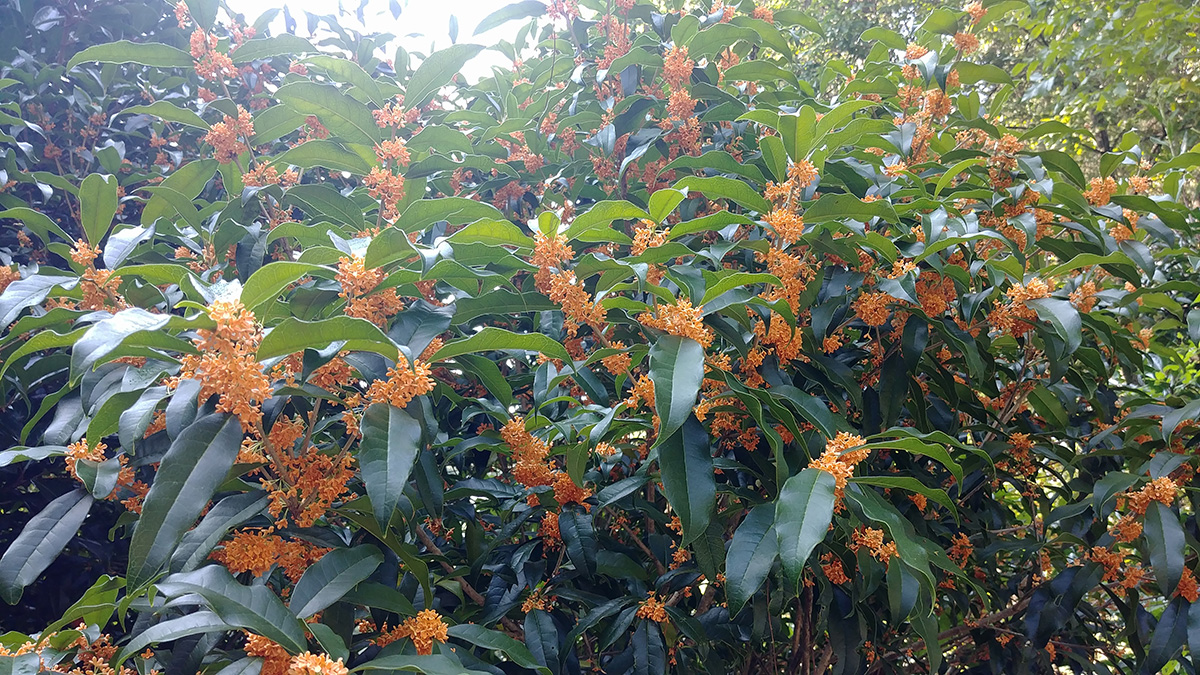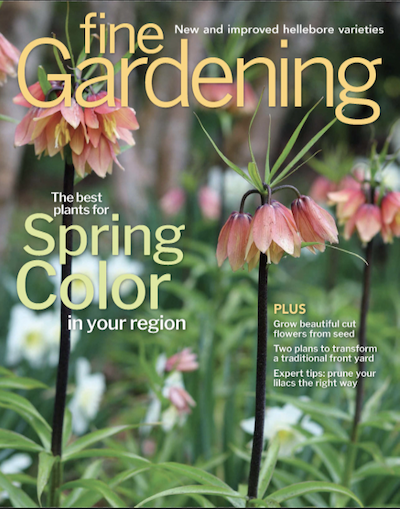Dr. Andy Pulte
-
Southeast Regional Reports
Unique Deciduous Trees for the Southeast
I recently drove through a new subdivision in my city. Every new house came with a brand-new tree in the front yard. The contractor special everyone got was a repeat…
-
Southeast Regional Reports
The Best Spiky Container Plants
The formula for creating wonderful containers doesn’t need to be difficult. First, find complementary plants you like that fit your growing conditions. Next, think of each plant's growing habit and…
-
Southeast Regional Reports
Plants That Bloom in Late Spring for the Southeast
There is a sweet spot in the Southeast between the end of spring and the beginning of summer. The ephemeral spring blooms have faded, and summer annuals and perennials are…
-
Southeast Regional Reports
Mastering the Art of Pruning Hydrangeas in the Southeast
Hydrangeas (Hydrangea spp. and cvs., Zones 3–9) of all kinds are currently among the most popular shrubs with gardeners in the Southeast. Why? First, a flood of improved cultivars has…
-
Southeast Regional Reports
Perennials With Purple Flowers for the Southeast
Purple is my number-one flower color. If I’m asked to design a perennial-focused garden, there is very little chance purple doesn’t make an appearance. When I saw the Pantone color…
-
Southeast Regional Reports
Summer Snowflake Is a Star in the Southeast
Everyone, not just new gardeners, is enamored by the seasonal display of spring-flowering bulbs. In the Southeast, daffodils (Narcissus spp. and cvs., Zones 3–9) are without a doubt the queens…
-
Southeast Regional Reports
March Garden To-Do List for the South
This month has many things to get excited about. Forget all of that “in like a lion” stuff: March in the South is full of gardening tasks and surprises. It’s…
-
Southeast Regional Reports
Edgeworthia Is a Winter Star for the Southeast
Edgeworthia (Edgeworthia chrysantha, Zones 7–10) is truly a four-season plant. In summer, it’s covered in beautiful, elongated, 5-inch-long leaves that hold droplets of water on their finely pubescent surfaces. In…
-
Southeast Regional Reports
South: February Garden To-Do List
Don’t let any mild days pass by this month. There is plenty to do in the garden. Spring ephemerals are starting their show, and some of the earliest-blooming landscape plants…
-
Southeast Regional Reports
Pruning Crape Myrtles in the Southeast
Crape myrtle (Lagerstroemia spp. and cvs., Zones 6–9) is one of the most popular and beloved shrubs in the Southeast. But knowing how and when to prune is crucial for…
















